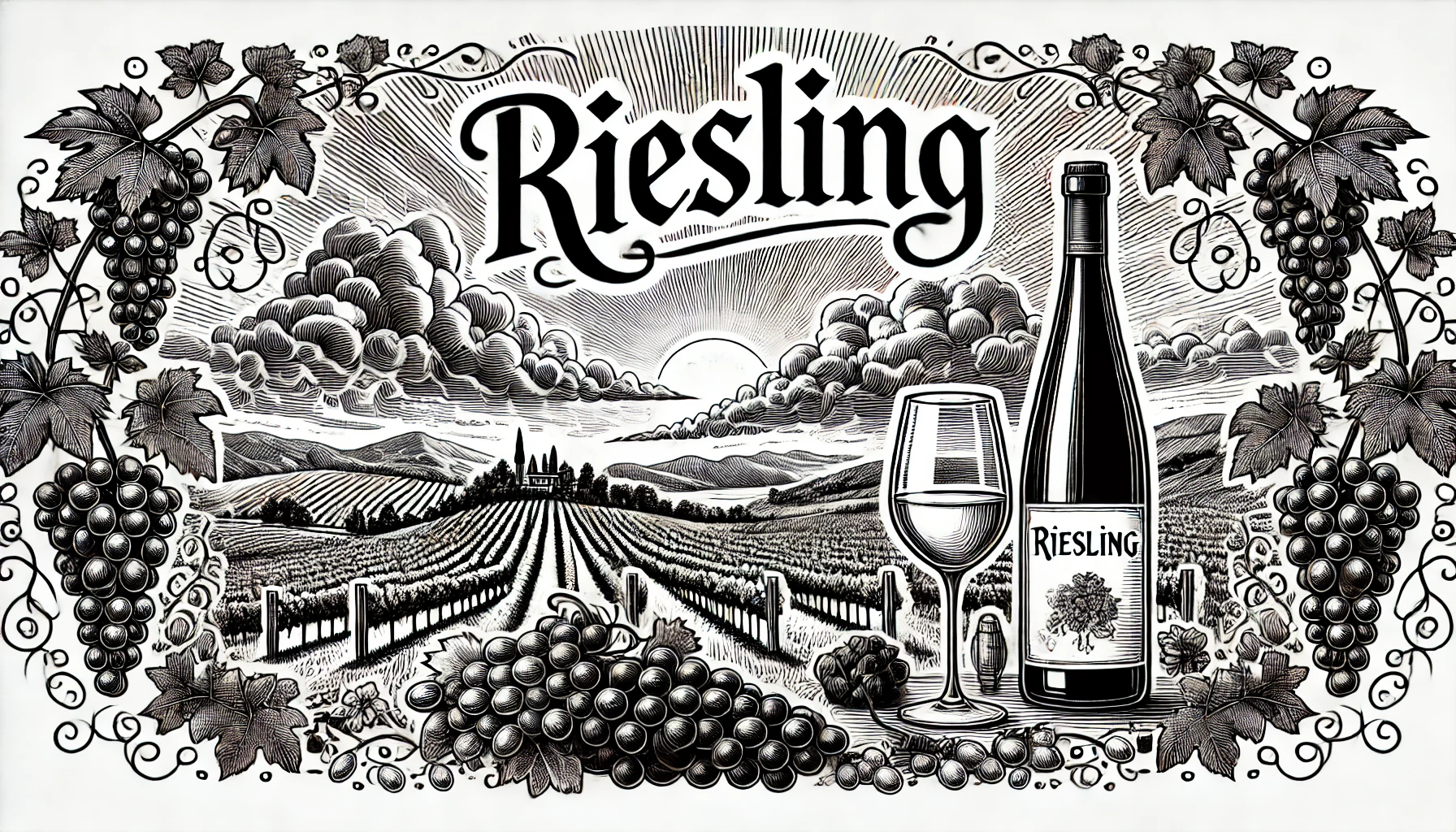
Riesling is a highly aromatic and versatile white grape variety that originates from Germany’s Rhine region. Known for its distinctive floral and fruity aromas, Riesling can be crafted into a wide range of styles, from bone-dry to decadently sweet. Its hallmark characteristics include high acidity and an expressive aroma profile, often with notes of green apple, citrus, apricot, and white flowers.
Unlike many other white wines, it has an extraordinary ability to reflect the terroir of where it’s grown. In cool climates, such as in Germany or the Alsace region of France, Riesling typically displays racy acidity and flavors of lime, green apple, and stone fruits. In warmer climates, like Australia’s Clare Valley, it can exhibit more tropical fruit characteristics, while still retaining its signature acidity.
Riesling is unique in that it can age beautifully. Over time, it develops complex, honeyed and petrol-like notes that are highly prized by wine enthusiasts. The high acidity of Riesling also helps balance the sweetness in sweeter styles, such as German spätlese or auslese Rieslings, which makes it an excellent wine to pair with spicy foods like Thai or Indian cuisine.
One of the advantages of Riesling is its versatility. Whether you prefer a crisp, dry white wine or a rich, sweet dessert wine, Riesling can deliver both, and everything in between. This makes it one of the most food-friendly and diverse white wines on the market.
Curious about more wine terms and insights? Visit our Wine Wiki section and explore the basic wine terms for expert definitions and tips!